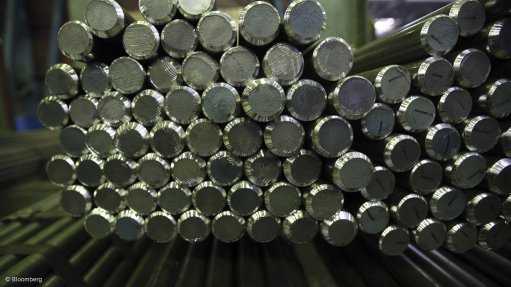
SUPPLY LINKAGES India’s Steel Ministry has backed the adoption of long-term supply linkages between mines and steel producers
Photo by: Bloomberg
India’s Steel Ministry is seeking to align the domestic iron-ore mining industry with globally accepted regulations and practices as the country aims to be a 300-million-ton-a-year globally competitive steel producer by 2030.
In the course of inter-Ministerial consultations about a new National Mineral Policy, the Steel Ministry has made a case for the rationalisation of royalty rates on iron-ore mining, the conceptualisation of special mining zones and the creation of linked transport corridors for an efficient supply chain.
The Steel Ministry says efficient backward linkages, incorporating a rational tax regime, will be required to ensure global competitiveness in the steel industry.
Underlining its case, the Ministry has cited the example of high royalty rates on iron-ore production, compared with other major iron-ore producing countries.
According to data of the Steel Ministry, India’s royalty is levied at 15% uniformly for fines, lumps and concentrates, while, in South Africa, the royalty ranges from 0.5% to 5% for refined minerals and 0.5% to 7% for unrefined minerals. In Australia, the royalty rate varies between 2% in Victoria to 4% in Western Australia.
Besides seeking lower royalty rates, the Steel Ministry has advocated for the adoption of long-term supply linkages between mines and steel producers, as is the trend globally.
It maintains that long-term linkages could be established between miners and steel mills through the auction route, as it has been implemented in the case of coal supplies between India’s State-controlled coal mine, Coal India Limited, and thermal power plants.
Long-term supply contracts will derisk steel producers from fluctuations of raw material prices, while miners will benefit stable cash flow and, in turn, better plan production and expansion of existing mines.
Under special mining zones, multiple miners could operate within a predetermined geography, with a free-hold area for each miner. Respective provinces could offer mining leases bundled with mandatory approvals without having to pass on the hurdles of the latter to mining lease holders.